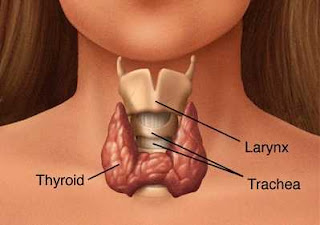Risk for Injury related to Alzheimer's Disease

Nursing Care Plan : Risk for Injury related to Alzheimer's Disease Risk for Injury Definition: At risk of injury as a result of the interaction of environmental conditions interacting with the individual's adaptive and defensive resources NOTE: This nursing diagnosis overlaps with other diagnoses such as Risk for Falls, Risk for Trauma, Risk for Poisoning, Risk for Suffocation, Risk for Aspiration and, if the client is at risk of bleeding, Ineffective Protection. See care plans for these diagnoses if appropriate. Alzheimer's disease is the most common form of dementia. There is no cure for the disease, which worsens as it progresses, and eventually leads to death. Signs and symptoms of Alzheimer’s disease Alzheimer’s disease is a progressive condition, which means that it will continue to get worse as it develops. Early symptoms include: minor memory problems difficulty saying the right words These symptoms change as Alzheimer’s disease develops, and it may lead to: disorie

